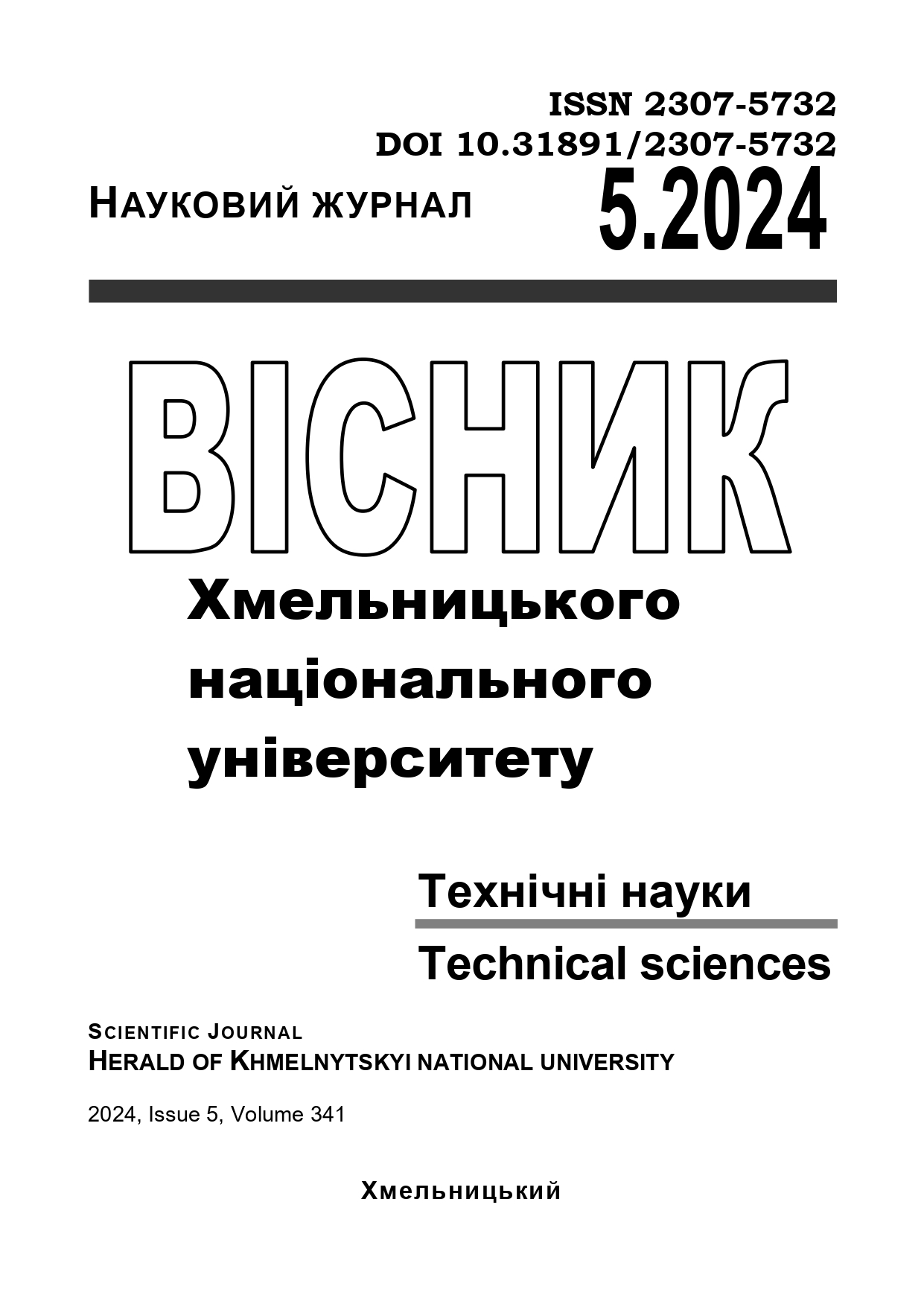THE KNITTING MACHINE WORKING BODIES FRICTION EFFECT ON DYNAMIC LOADS IN THE NEEDLE-WEDGE PAIR
DOI:
https://doi.org/10.31891/2307-5732-2024-341-5-13Keywords:
knitting machine, needle, wedge, stitch, friction, dynamic loadAbstract
The efficiency of knitting machines largely depends on the mutual friction of the working bodies (needles, wedges, stitches) of the knitting mechanism. Frictional forces significantly affect the dynamic loads of the knitting mechanism, reducing the reliability and durability of its operation. The analysis shows that the reduction of dynamic loads can be achieved by reducing the friction of needle-wedge and needle-stitch pairs. Therefore, the task of these studies is to analyse the effect of friction of the working bodies of the knitting machine on dynamic loads in the most responsible pair of the needle-wedge knitting mechanism.
The object of research is the influence of friction on dynamic loads in the needle-wedge pair of a knitting machine. Modern methods of theoretical research based on the theory of machine dynamics and the theory of designing knitting machines were used to solve the problems.
Given the relevance of the question of increasing the efficiency of knitting machines by reducing the friction of the working bodies of the knitting mechanism, the article is devoted to the analysis of the effect of friction and the method of fastening the wedge on the amount of dynamic loads arising in the most responsible needle-wedge pair.
The analysis of operation of the knitting mechanisms of circular knitting machines showed that the main reason for needle failure is significant dynamic loads arising in the needle-wedge pair. It is also noted that one of the factors that significantly affects the amount of dynamic loads in the needle-wedge pair is the friction forces in the needle-wedge and needle-stitch pairs (guide needles). It is obvious that the reduction of friction of the working bodies of the knitting mechanism leads to a reduction of dynamic loads in the needle-wedge pair and, accordingly, to a reduction of needle failures.
The analysis of the obtained results shows that with an increase in the friction forces of the working bodies of the knitting machine, the impact force of the needle on the wedge with both rigid and elastic fastening significantly increases, which negatively affects the efficiency of the machine (the number of needle failures increases and the durability of the wedges decreases) and on the quality of the fabric (increase in the percentage of defective fabric)

